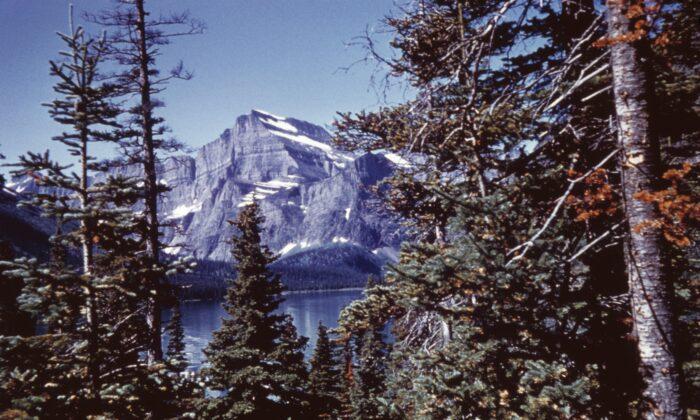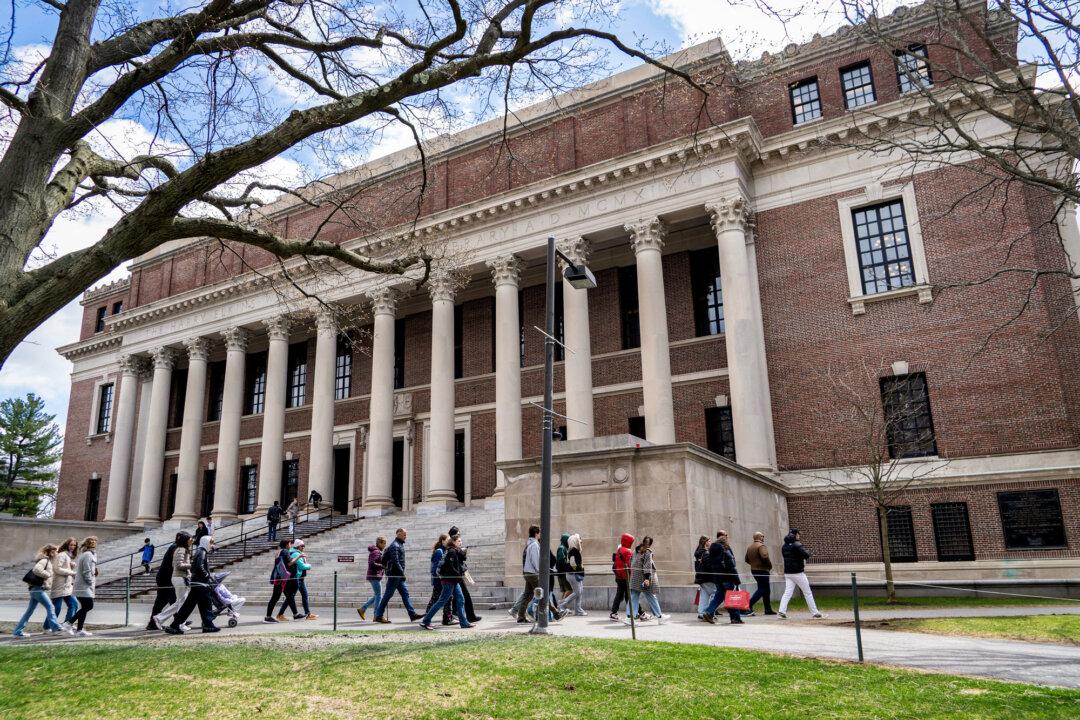Sixteen young people ranging in age from 5 to 22 are plaintiffs in a legal suit against the government of their state, Montana. The suit maintains that the state’s continued fossil fuel-friendly policies (sometimes characterized as “support of” or “allegiance to” fossil fuel industries) are contributing to harmful climate changes, thereby violating the state’s constitutional promise to “maintain and improve a clean and healthful environment in Montana for present and future generations.”
There’s a lot to unpack here.
First, how does one define “a clean and healthful environment”?
Can anyone ever guarantee that smoke from forest fires—which are frequent, inevitable, naturally occurring events—shall never come in contact with human beings? Sorry, but as much as we may wish it to be so, that’s “mission impossible.”
And how does one define “clean”? It certainly can’t mean “immaculate.” Mother Nature, even in places far from human intrusion, often fouls her own nest, so to speak, with forest fires, volcanic activity, catastrophic floods, etc. A constantly “clean” environment doesn’t exist in a state of nature.
As for human activity and economic production, it’s never immaculate either. Nobody likes pollution. I’m sure that if pollution as a byproduct of human activity could be eliminated for free, everyone would vote to eliminate it. However, just as nature itself isn’t immaculate, there is no such thing as immaculate production. The costs to prevent, curtail, and remediate pollution are considerable, and humans (at least in the more prosperous societies) are willing to pay those costs—to a point. Thus, the thorny policy question is partly environmental and partly economic. How much pollution are we willing to tolerate, and how much can we afford to spend to prevent, mitigate, or clean up without pitching human society back into the bleak poverty from which we emerged not many generations ago?
One major difficulty that the judge in this case will confront is the impossibility of predicting future climate conditions. Yes, we all know that the “official science” being funded and promoted by various state and national governments, and especially by elitists in multinational organizations such as the United Nations, insists that ongoing human carbon dioxide emissions will warm the planet dangerously, but does that make it so?
The notion that the concentration of CO2 in Earth’s atmosphere is the thermostat that controls temperatures is a simplistic and misleading fairy tale. No judge, then, can issue a ruling based on unprovable assumptions about future climate conditions.
On the other hand, though, we should feel uncomfortable, if not offended, that children are being regarded as intellectually competent to file a legal grievance about climate change when they manifestly know so little about it. A 5-year-old plaintiff? Call me “ageist” if you wish, but that child has no business being a plaintiff in this case, and the judge should remove him or her. The reasoning process of one of the teen plaintiffs amounts to this: Smoke from forest fires in Montana has been a huge nuisance; therefore, the state of Montana has to start restricting how many fossil fuel permits it issues so that climate change and smoke don’t get worse. It’s self-evident how childish this whole legal charade is. The plaintiffs don’t like the fact that climate changes, but it always has and always will, whether humans are present or not and whether we like it or not. With all due respect to the court in Montana, it doesn’t have jurisdiction over Mother Nature.
What about the issue of legal standing? I’m inclined to believe that minors should have legal standing on some issues, but not on this one. The present lawsuit should be thrown out because it isn’t based on facts supported by evidence. Instead, it depends entirely on assumptions and guesses about the future. No judge can rule that these young Americans’ future has been damaged because nobody knows what the future climate will look like.
There is, however, another lawsuit that I think America’s youth have a right to initiate, not just in Montana, but in every state: They should sue Uncle Sam for the unconscionable debts that older generations have laid on their shoulders. Unlike predicting future climate conditions—a purely conjectural exercise—it’s undeniably true that young Americans will be taxed to the tune of billions and trillions of dollars to pay the interest on the national debt for a long, long time—perhaps in perpetuity. Such taxes represent taxation without representation, a vile practice over which our founding generation fought a war.
If there’s going to be a legal challenge to older generations from our youth, the intergenerational debt burden, not unpredictable climate changes, is the battle worth fighting. Actually, the kids might be surprised to learn that relatively inexpensive, reliable, and easily available fossil fuels can be their ally, helping to generate the wealth that will be needed to help them cope with the debt burden and thrive.





